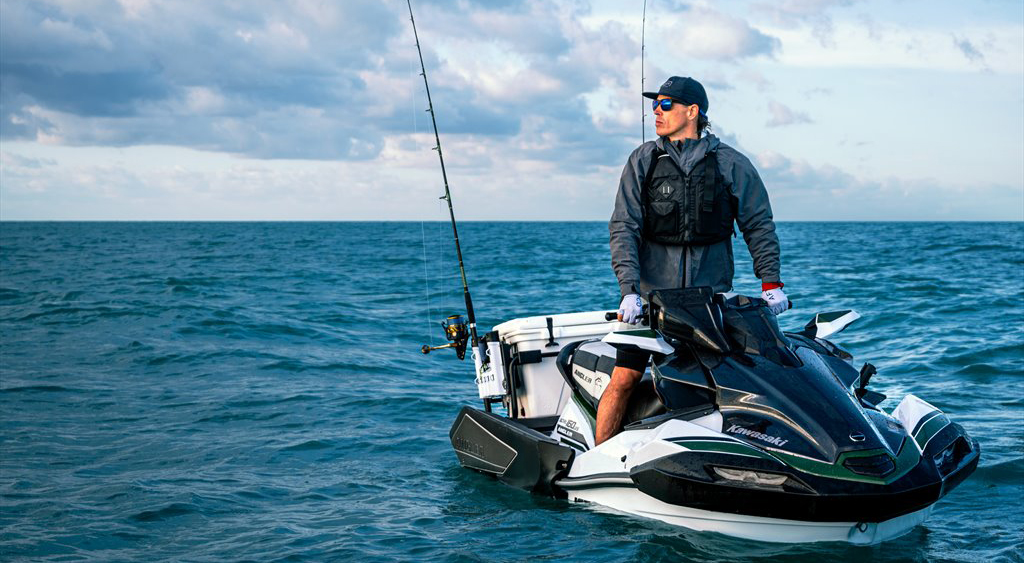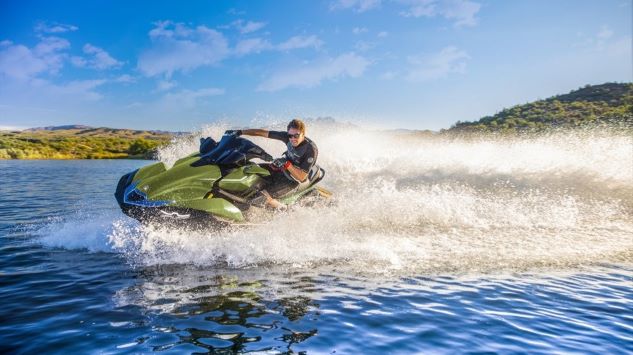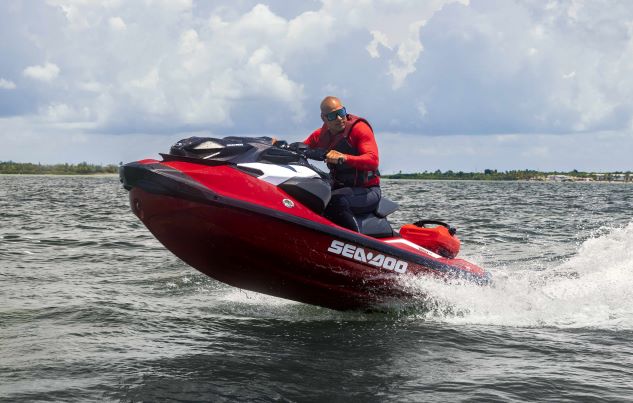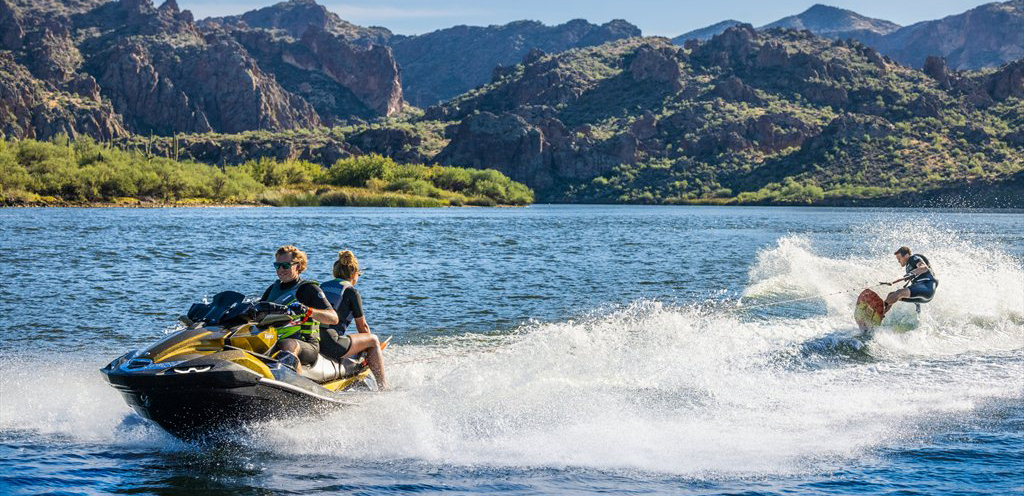PWC Market: A conversation with SBT’s President Cj Lammers
It was a record year in 2021 for the boating industry, leading to the second highest-ranked year in nearly two decades for recreational marine sales at $56.7 billion. While PWC sales were only a fraction of that number, it was one of the most significant driving segments in the last year, according to the National Marine Manufacturers Association (NMMA).
New powerboat retail unit sales normalized in 2022, down an estimated 15−18 percent, to pre-pandemic growth years with an estimated 250,000 new units sold, 25 percent above previous averages (2008−2014). Looking ahead to 2023, early indications point to continued healthy demand, with new retail unit sales expected to remain on par with 2022.
This momentum comes as Americans demonstrate an ongoing prioritization of a life well-lived, spent enjoying outdoor experiences as marine manufacturers continue strategically managing production and inventory pipelines following two years of supply chain bottlenecks. Segments driving growth in 2022 included entry-level boats such as personal watercraft.
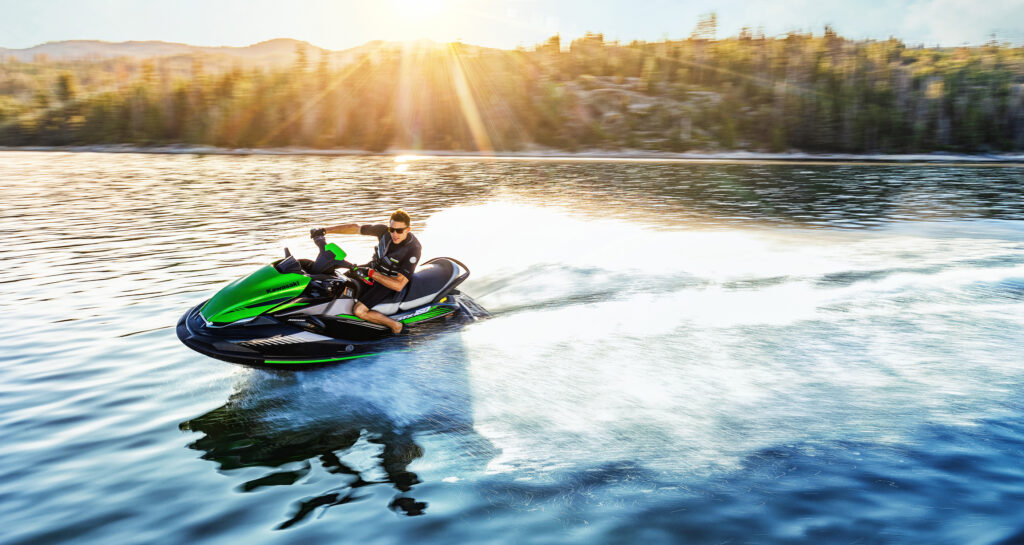
“Last year was a healthy year for recreational boating with momentum coming off of record sales in 2021 due to continued demand and the fact that supply chain shortages prevented our industry from overproducing like we saw happen in other sectors over the past two years,” says Frank Hugelmeyer, NMMA president. “With boat shows fully returning following two years of limited events due to COVID, we’ve already seen encouraging sales reports within certain categories, coupled with consumers continuing to invest in the unique experiences that come from being on the water.”
According to Short Block Technologies (SBT) President Cj Lammers, the PWC market “went crazy” during the pandemic as everyone was stuck at home and decided to rebuild their skis.
“They pulled everything out of the garage, including old Tiger Sharks. Our Tiger Shark sales doubled – still a relatively small number, but it was the scale of change.”
As NMMA concluded for the overall boating industry, the PWC market settled down in ’22. “We’re on the growth pace we were on in ’19 if you ignore the spike of ’21 and early ’22. We continue to see growth, just not at the pace that it was in the craziness of ’21,” says Lammers.
Before coming to SBT, Lammers spent 15 years at Ford in their Vehicle Engineering department, helping design and launch some of their most iconic vehicles. So, he understands the manufacturing process and has applied that knowledge to SBT’s operations.
With manufacturing staying on the gas, Lammers says things are starting to return to normal, and they can roll out some new parts for the new models released over the past two years. He adds that a lot of mid-size companies struggled with developing new parts during ’21 and ’22 because they needed to keep up with business.
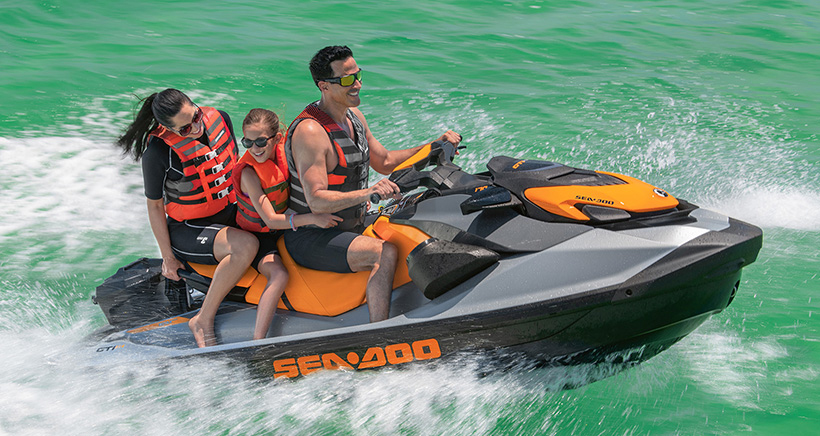
“In the last 12 months, we’ve been developing new parts to bring across the line. We expect increases from those new parts. The manufacturers continue to roll out new models. We’ve been busy making sure that we can accommodate those new models as well.”
Lammers notes some dealers closed during the pandemic because they couldn’t sell online, while others thrived. “The dealers who can accommodate the new industry (i.e., digital and hands-on) are growing rapidly. We had a whittling down of dealers who could not adapt to the new way of doing business, especially in regions where they were secluded for a year or two; people shut down just because they didn’t go digital and had no income. So, they got out of the business.”
Lammers adds that dealers who adapted have grown to fill those spots. Overall, the growth trend has been towards some e-commerce for brick-and-mortar shops that can operate in-person and online. “The successful local shops are the ones that are hybrid operations where they not only are servicing their local people, but they’re also servicing customers online.”
Two-stroke vs. four-stroke
With the manufacturers’ ongoing transition to four-stroke engine technology, there’s been added cost and complexity over the years as two-stroke technology is phased out. Lammers says the new skis are just more expensive all the way around.
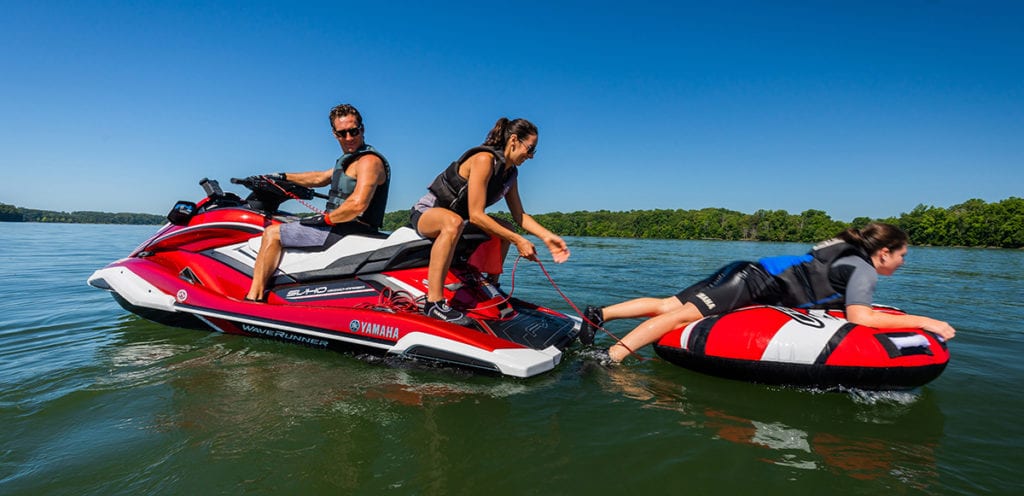
“The [Sea-Doo] Spark was the first ski that was more focused on a lake type of ski, which is smaller, lighter, and not really designed around top speed or excel at handling waves,” he says. “That’s part of why two strokes have continued to survive. With the regulations they have to meet, emissions and everything else, PWC manufacturers haven’t been able to provide that lightweight you need for a tossable ski. So, people keep rebuilding two strokes. Even though two strokes are decreasing, we still ship more two strokes than we ship four-strokes.”
Lammers says that PWC enthusiasts are still hanging on to their two-stroke skis partly because of the cost and ease of repair. “[Four-strokes] still aren’t comparable to the two strokes function-wise. You’ve probably sunk at least one if you’ve ridden jet skis long enough. On a two-stroke, you drag it to shore, turn it upside down, pop the spark plugs out, and then crank it. It shoots all the water out. Put the spark plugs back in, crank it again, and it fires up. You run it for 20 minutes, and the heat burns off all the condensation. And you’re good to go. You can’t do that to what is essentially a motorcycle engine on the water with the four-stroke technology.”
Electric
Lammer says he’s seen a slow progression from some lakes that don’t allow two-strokes because of the emissions and believes these small lakes and even some of the bigger ones will end up going electric only or the no emissions equivalent in the future.
“Electric-only tend to be smaller, limited access lakes,” says Lammers. But don’t expect to see a 65−mph electric jet ski on these restricted lakes where people mainly fish and expect to see human powered vessels – like kayaks or canoes.
“No-wake zones are typically driven by safety and the effects on immediate surroundings — degradation to the shore, etc. So even with electric PWCs, I don’t see that changing much,” says Lammers.
According to Lammers, electric PWCs fill a niche market at the moment and may be more suited to smaller lakes where emissions are restricted or resorts that are more eco-conscious. But in the larger coastal areas, it will be a longer time before electric is more prevalent.
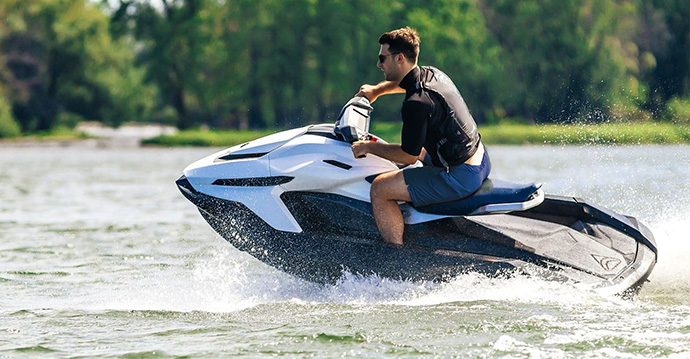
Lammers says manufacturers of electric skis are fighting a battle with cost, weight, and run time of the batteries. “But it’s certainly a market that will continue to grow. Hydro-Turf is a supplier for one of the top electric ski manufacturers — Taiga, so we have a feel on how the numbers are growing. It’s currently a small market at this point.”
Remanufacturing
Early on, SBT used to supply some of the OEMs with remanufactured engines to meet their warranty needs. But today, the company sells its remans directly. Lammers notes that Sea-Doo recently closed its reman program. It took a lot of work to run remanufacturing as a sideline business with the manufacturing line volumes and efficiencies they already have.
“We’re still able to provide a much more affordable way to rebuild the bottom end or get a remanufactured engine. And we have the facilities for it,” says Lammers, noting that remanufacturing is their go-to-market strategy. “Sea-Doo’s remans were more of a tag along to their manufacturing capabilities. But it’s hard to fully support that kind of lower volume side manufacturing operation with everything else they do. However, it’s exactly what SBT does, so we are scaled for the volume.”
According to Lammers, whether a customer chooses to go with a remanufactured engine depends on the newness and affordability of the PWC.
“It’s how much it costs to rebuild versus the cost of a new ski. Part of the problem some of the low-cost four-stroke skis have is that a remanufactured four-stroke engine is thousands of dollars, then you add labor and other parts. You’re talking a $6,000 ski and a $3,000−$4,000 bill to buy and install a new reman engine. Many customers are walking away from the ski at that point.”

However, taking a ski on trade at a low price point and dropping in a reman engine can allow dealers to offer reliable inexpensive PWCs. SBT offers one- and two year, no-fault warranties with the engine. “So, if you had a ski with a blown engine and bought an SBT engine, then sold the ski, we’d be tracking the serial number of the engine, not who owned it. If a warranty situation comes up 18 months later, it could still be covered because SBT ties the warranty to the engine number.” With more skis getting built and demand for PWCs still riding the wave from the previous two years, it can be a good option with a trade-in to drop in a remanufactured engine with a warranty.
Check out other feature stories from the June edition of our magazine:

